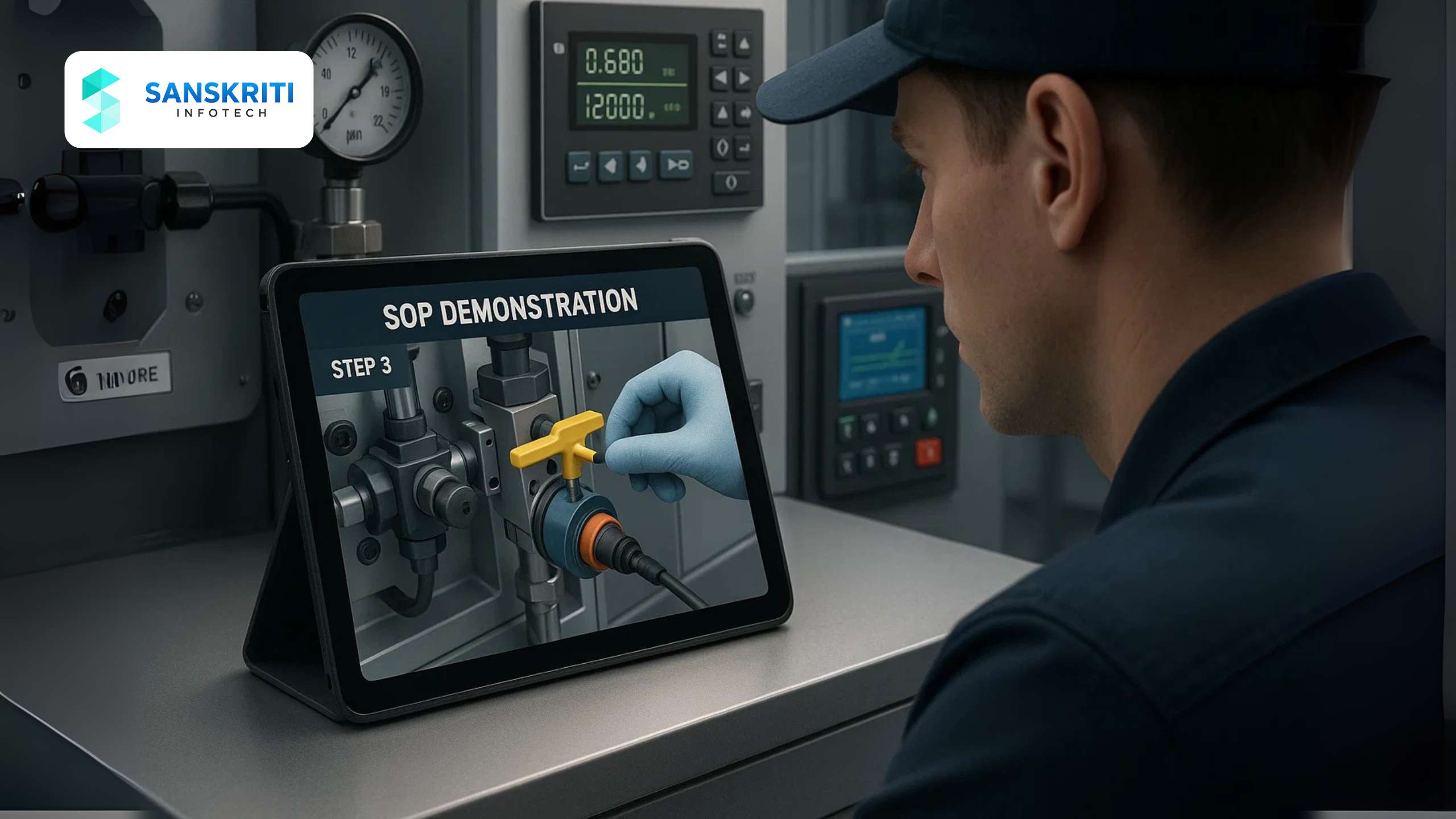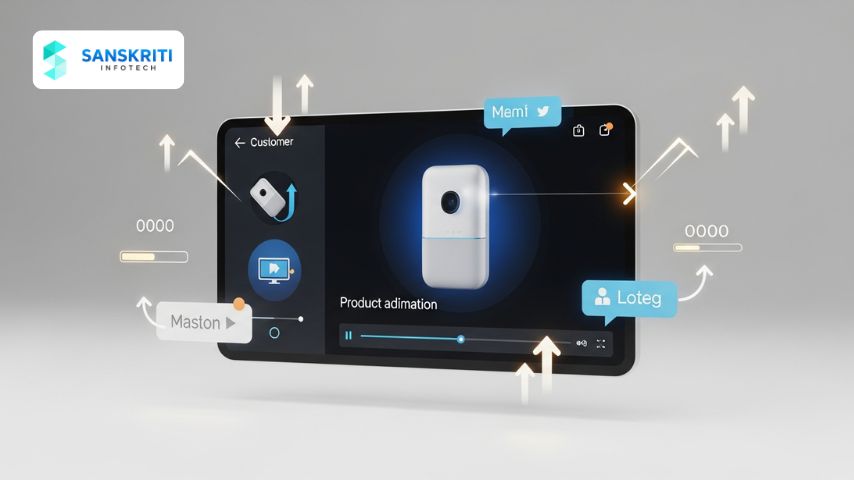Table of Contents
Introduction
Technical Standard Operating Procedures (SOPs) form the backbone of safe and consistent operations across industrial sectors like manufacturing, oil & gas, pharma, logistics, and more. But there’s a recurring problem—most SOPs are either misunderstood, poorly retained, or simply ignored.
Traditional SOP delivery methods—text-heavy manuals, static images, or PowerPoint slides—often overwhelm workers, especially in high-stress or low-literacy environments. That’s where 3D animation steps in.
3D-animated SOP demonstrations bring procedures to life with motion, clarity, and engagement. They reduce human error, boost compliance, and make training more scalable and effective. In this blog, we explore why 3D animation is revolutionizing the way technical SOPs are communicated.
Challenges in Communicating Technical SOPs
- – Procedures are often too complex for new or unskilled workers.
- – Text-based SOPs are hard to visualize, leading to misinterpretation.
- – Language barriers slow down understanding in global operations.
- – Lack of engagement leads to poor retention and non-compliance.
How 3D Animation Improves SOP Clarity
- – Transforms written steps into dynamic, easy-to-follow visuals.
- – Simulates real tools, systems, and environments with precision.
- – Uses voiceover, labeling, and iconography to enhance comprehension.
- – Demonstrates both correct and incorrect practices for better contrast.
- – Ideal for onboarding, toolbox talks, and safety refreshers.
Industries That Benefit Most
- – Oil & Gas: Complex machinery startups, valve sequencing.
- – Pharma: Cleanroom entry protocols, batch mixing.
- – Manufacturing: Assembly line procedures, machine setups.
- – Food Processing: Sanitation and allergen control processes.
- – Logistics: Warehouse equipment use, material handling SOPs.
Case Study: Reducing SOP Errors in a Pharma Unit
- – A leading pharmaceutical firm faced recurring errors during tablet coating procedures.
- – Sanskriti Infotech developed a step-by-step 3D animation of the coating line, complete with PPE, airflow patterns, and quality checks.
- – The animation was deployed via the company’s LMS across five plants.
- – Results in 60 days:
- – – 50% drop in procedural violations.
- – – Training time reduced by 40%.
- – – Greater operator confidence and consistency.
Key Features of Effective 3D SOP Demonstrations
- – Realistic 3D models of actual equipment and workspace.
- – Stepwise breakdown of each task, with visual alerts.
- – Built-in safety warnings and compliance checkpoints.
- – Multilingual voiceover and subtitle support.
- – Export-ready for LMS, mobile, or VR platforms.
Tips for Creating High-Impact SOP Animations
- – Collaborate with safety and operations staff to get accurate process flows.
- – Use storytelling for better engagement (e.g., show the consequence of skipping a step).
- – Keep the video short (2–5 mins per SOP module).
- – Test early with real users to collect feedback and improve.
- – Update animations as processes or equipment change.
Conclusion
In high-risk industries, a single SOP mistake can lead to downtime, safety incidents, or product recalls. 3D animation takes the ambiguity out of SOPs by showing exactly what needs to be done, how, and why.
Whether you’re training new employees or reinforcing existing processes, technical SOP demonstrations using 3D animation bring precision, engagement, and results.
At Sanskriti Infotech, we help industrial companies visualize their SOPs with custom 3D animations tailored to their workflows.
📞 Ready to modernize your SOP training? Let’s connect.






